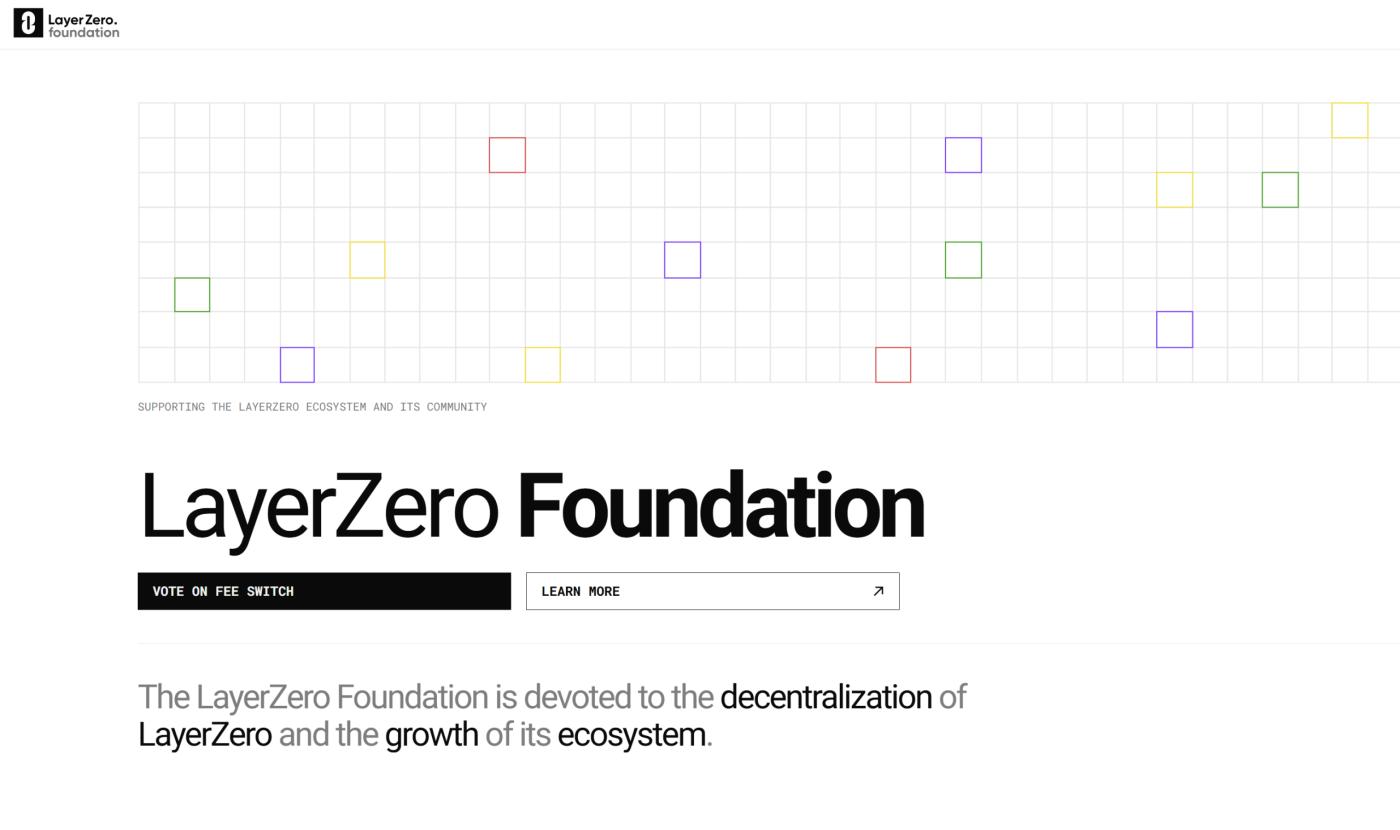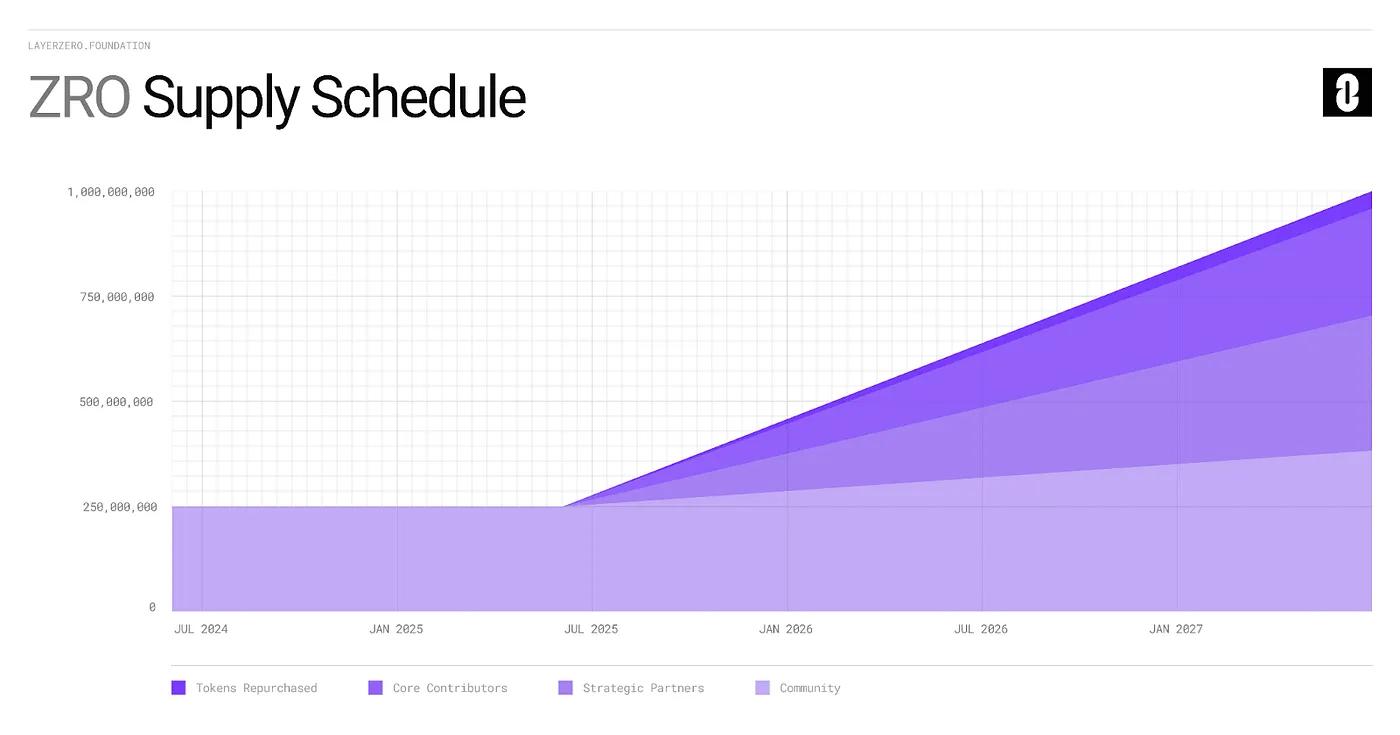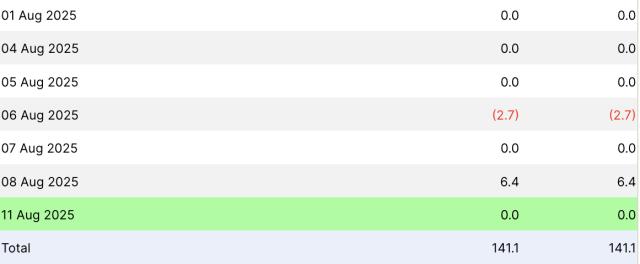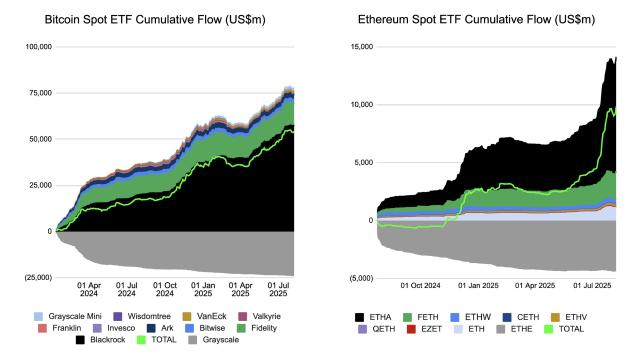- Layer Zero enables secure cross-chain communication without costly light nodes or risky bridges, using Ultra Light Nodes, decentralized oracles, and independent relayers.
- ZRO token powers Layer Zero’s governance, with holders controlling fee switches via immutable on-chain voting, and a burn mechanism reducing supply over time.
- With omni-chain architecture and OFT standards, Layer Zero eliminates liquidity fragmentation, boosts composability, and supports a secure multi-chain future.
Layer Zero is an omni-chain interoperability protocol enabling secure, efficient cross-chain transfers of assets, messages, and smart contracts, powered by its governance token ZRO.
WHAT IS LAYER ZERO PROTOCOL?

In today’s rapidly evolving decentralized world, new blockchains are emerging at an unprecedented pace, each with its own focus, vision, and use cases. While this growth drives innovation, it also creates a major challenge — interoperability. Every blockchain operates within its own ecosystem of dApps and tokens, making it difficult for users to interact across networks without sacrificing the benefits of one chain for another.
➤ Official Website: https://layerzero.foundation/
To bridge this gap, the market has introduced various interoperability solutions, enabling users to leverage multiple blockchains seamlessly without being locked into a single ecosystem. Layer Zero stands out as one of the most versatile — an omni-chain interoperability protocol designed to eliminate the barriers between blockchains.
🗳️ Fee-Switch Referendum #2 Is Live!
Vote now with your ZRO from any chain:
• “Yes” to activate the LayerZero protocol fee
• “No” to keep the protocol fee inactiveVoting closes on June 27th.
Details ↓ pic.twitter.com/SvKZBPFIhS
— LayerZero Foundation (@LayerZero_Fndn) June 20, 2025
Through Layer Zero, not only can assets move across chains, but messages, data, and even smart contracts can be transmitted securely and efficiently. According to LayerZero Labs Co-Founder & CTO Ryan Zarick:
- ✏️ Layer Zero will seamlessly connect all blockchains, so users won’t even realize they’re using it. It will enable both existing and new decentralized applications to expand beyond the limits of EVM and non-EVM chains, ushering in the era of truly omni-chain applications.
At its core, Layer Zero aims to be the foundational “internet layer” of blockchain — a massive mesh network where any chain can communicate and exchange data reliably with any other chain in the ecosystem. Its name reflects this ambition: to act as the underlying communication layer between blockchains, whether they are Layer 1 or Layer 2.
>>> More to read: Succinct Explained: What is PROVE?
HOW LAYER ZERO WORKS
The core innovation of Layer Zero lies in its ability to enable blockchain networks to communicate without relying on costly on-chain light nodes or insecure intermediary chains. Instead, it achieves cross-chain messaging through a combination of Ultra Light Nodes (ULN), blockchain endpoints, decentralized third-party oracles, and relayers.
1. Ultra Light Nodes (ULN)
ULNs are at the heart of Layer Zero, playing a crucial role in transaction verification across blockchains. Every Layer Zero endpoint operates a ULN, typically implemented via smart contracts. ULNs validate inter-blockchain transactions without storing the full transaction history on-chain, significantly reducing operational costs while maintaining security.
2. Blockchain Endpoints
Endpoints are how each supported blockchain sends, verifies, and receives messages within the Layer Zero network. Every blockchain integrated with Layer Zero must deploy its own endpoint.
These endpoints function as nodes in a fully connected network, where each is directly linked to every other node, enabling seamless, direct cross-chain transactions between any two supported chains.
3. Decentralized Third-Party Oracles
Oracles in Layer Zero are responsible for reading the block header from one chain (via ULN) and transmitting it to another chain so that the receiving chain can verify the transaction.
Oracles provide half of the necessary data for verification. Layer Zero uses Chainlink and Band Protocol as its official oracle providers.
🔍 Here’s how it works in practice:
- A user on Network A (source chain) selects a preferred oracle (e.g., Chainlink DON) and a relayer for their cross-chain message.
- The endpoint on Network A sends message details, including the destination, to both the oracle and the relayer.
- The oracle forwards these details to Network B (target chain), while the relayer submits the transaction proof to Network B.
Since both Chainlink and Band are decentralized, they offer strong security measures against potential attacks.
4. Relayers
Relayers read the proof for a given transaction and submit it on-chain for validation, followed by message delivery and execution.
✅ When a message is sent between two endpoints, the oracle retrieves the transaction data from the block header.
✅ At the same time, the independent relayer fetches the transaction proof from Chain A and delivers it to Chain B.
✅ The oracle and the relayer must be independent of each other. A transaction is considered valid only when both entities agree; otherwise, the endpoint treats it as invalid and reverts it.
By default, user applications (smart contracts that send and receive messages via the protocol) use Layer Zero’s preset relayer and third-party oracle. However, developers can configure their own oracle and relayer as needed.
For more details, you can refer to the official Layer Zero documentation.
>>> More to read: What is Zebec Network? $ZBCN Guide
WHAT IS ZRO?
ZRO is the native cryptocurrency of Layer Zero, designed to play a central role in the Layer Zero ecosystem by empowering governance, aligning incentives, and supporting the protocol’s long-term sustainability.
🪙 Supply & Distribution
The total supply of ZRO is fixed at 1 billion tokens, allocated as follows:
- 38.3% — Reserved for the Layer Zero community, including users, developers, and ecosystem participants.
- 32.2% — Allocated to strategic partners, such as investors and advisors, with a 3-year vesting period.
- 25.5% — Dedicated to core contributors, including current and future team members, also vested over 3 years.
- 4.0% — Set aside for token buybacks, with a commitment to redistribute value back to the community.

📌 ZRO Governance Mechanism
ZRO holders have direct and ongoing control over protocol fee management. Governance is enforced through an immutable on-chain voting contract, with public referendums held every six months.
In these votes, ZRO holders can decide whether to activate or deactivate the protocol’s fee switch.
- Fee Structure:
The Layer Zero protocol may charge fees equal to the total cost of cross-chain message verification and execution.
- Fee Burn Mechanism:
If the governance vote activates the fee switch, the treasury contract will collect fees on the native chain and burn them, reducing total supply over time.
>>> More to read: What is Oracle in Crypto?
WHAT MAKES LAYER ZERO SPECIAL? KEY ADVANTAGES
✅ Enhanced Security
In today’s blockchain landscape, users frequently need to move assets across different ecosystems. The most common way to do this is via cross-chain bridges — but these have been repeatedly targeted by high-profile hacks, raising serious concerns about their safety.
Layer Zero addresses this by using Ultra Light Nodes (ULNs) for asset transfers and message delivery. Transactions are only finalized when both the decentralized oracle and the independent relayer confirm them, significantly reducing the risk of malicious activity. This dual-verification process adds an extra layer of trust that traditional bridges often lack.
✅ True Composability
Most cross-chain bridges rely on isolated liquidity pools to connect new chains, which leads to fragmented liquidity and inefficiencies.
Layer Zero avoids this problem by enabling seamless omni-chain communication, allowing assets to move between chains without creating fragmented pools. This ensures better capital efficiency and a unified liquidity environment for dApps and DeFi protocols.
✅ Multi-Chain Future Ready
Ethereum’s Vitalik Buterin has noted that “the future will be multi-chain, but not cross-chain,” highlighting the security limits of traditional bridges.
Layer Zero embraces this vision through Omni-chain Fungible Tokens (OFTs) — a standard where tokens are burned on the source chain and minted on the destination chain. This mechanism removes the need for vulnerable bridge contracts and provides a native, secure way to move assets across chains.
By setting a standardized token framework within the Layer Zero ecosystem, builders can create multi-chain applications with fewer integration challenges, paving the way for a truly connected blockchain future.
>>> More to read: What is Zcash (ZEC)? How Privacy Protection Works

LAYERZERO(ZRO) CONCLUSION
Layer Zero represents a significant leap forward in blockchain interoperability, offering a secure, efficient, and developer-friendly alternative to traditional cross-chain solutions. By leveraging Ultra Light Nodes, decentralized oracles, and independent relayers, it ensures that asset transfers and message deliveries are both cost-effective and secure. Its omni-chain architecture eliminates liquidity fragmentation, promotes composability, and supports the vision of a truly multi-chain future.
The native token ZRO is more than just a utility asset—it is the governance backbone of the protocol. Through immutable on-chain voting, ZRO holders directly control protocol fee switches, aligning network incentives with community interests. With its fixed supply, thoughtful distribution model, and burn-enabled governance mechanism, ZRO is positioned to play a central role in Layer Zero’s long-term growth.
As the decentralized ecosystem continues to expand, solutions like Layer Zero—which prioritize security, scalability, and interoperability—will be essential in building a seamlessly connected blockchain world. Whether for developers seeking to deploy cross-chain dApps, or users looking for safer and more efficient asset transfers, Layer Zero offers a compelling, future-ready foundation.
ꚰ CoinRank x Bitget – Sign up & Trade!
〈What is LayerZero & ZRO? How It Works〉這篇文章最早發佈於《CoinRank》。







